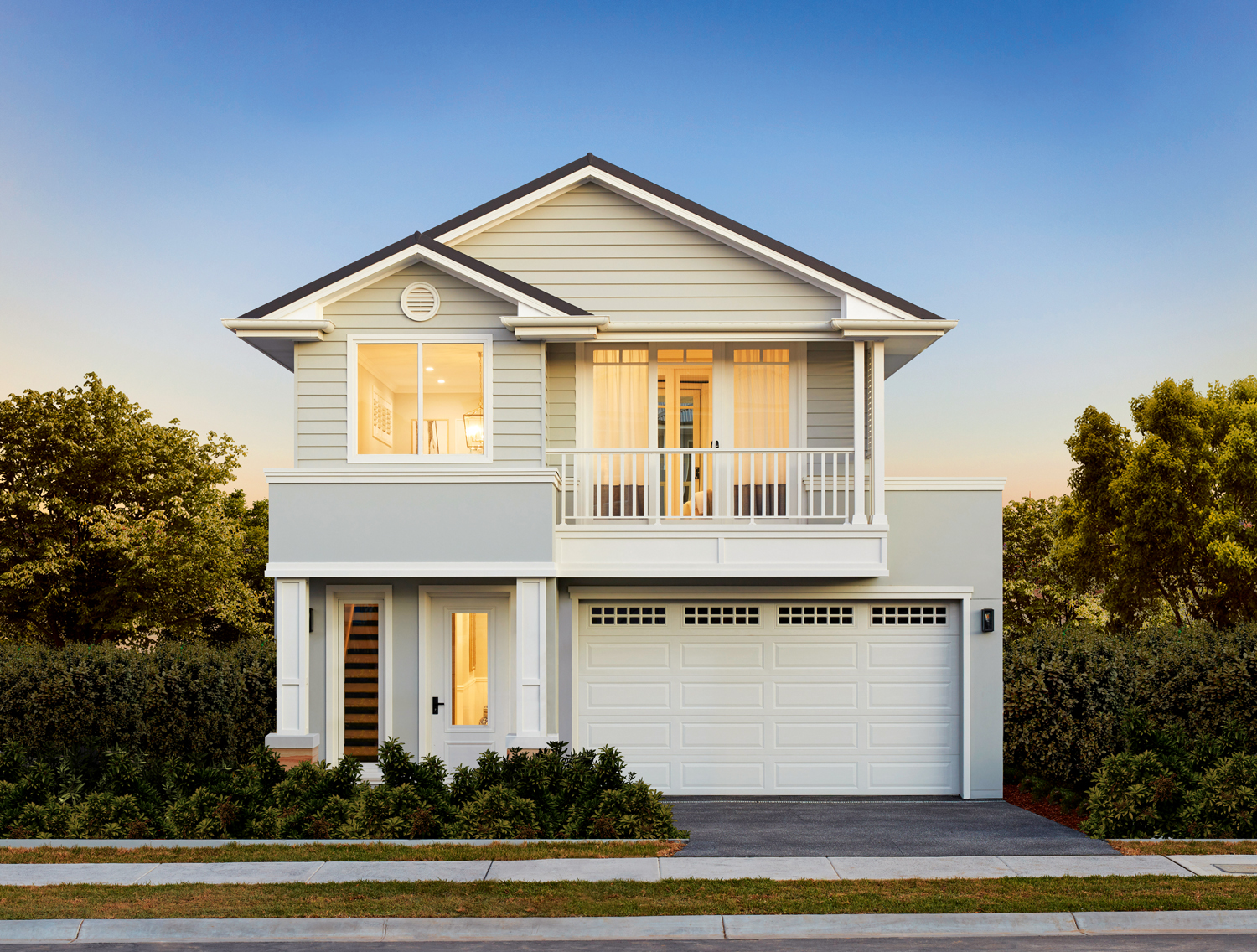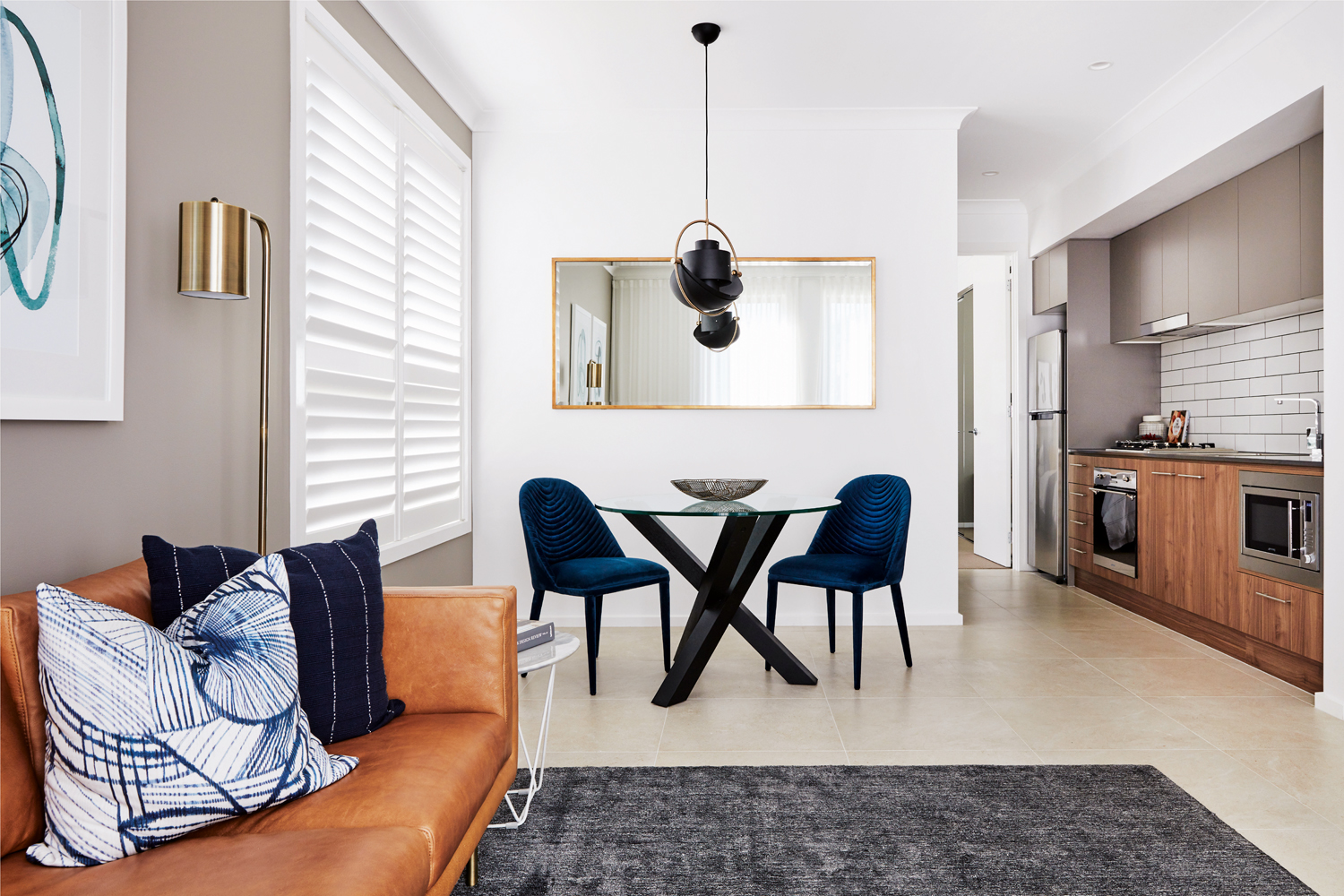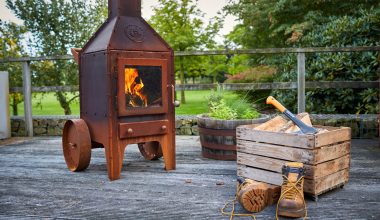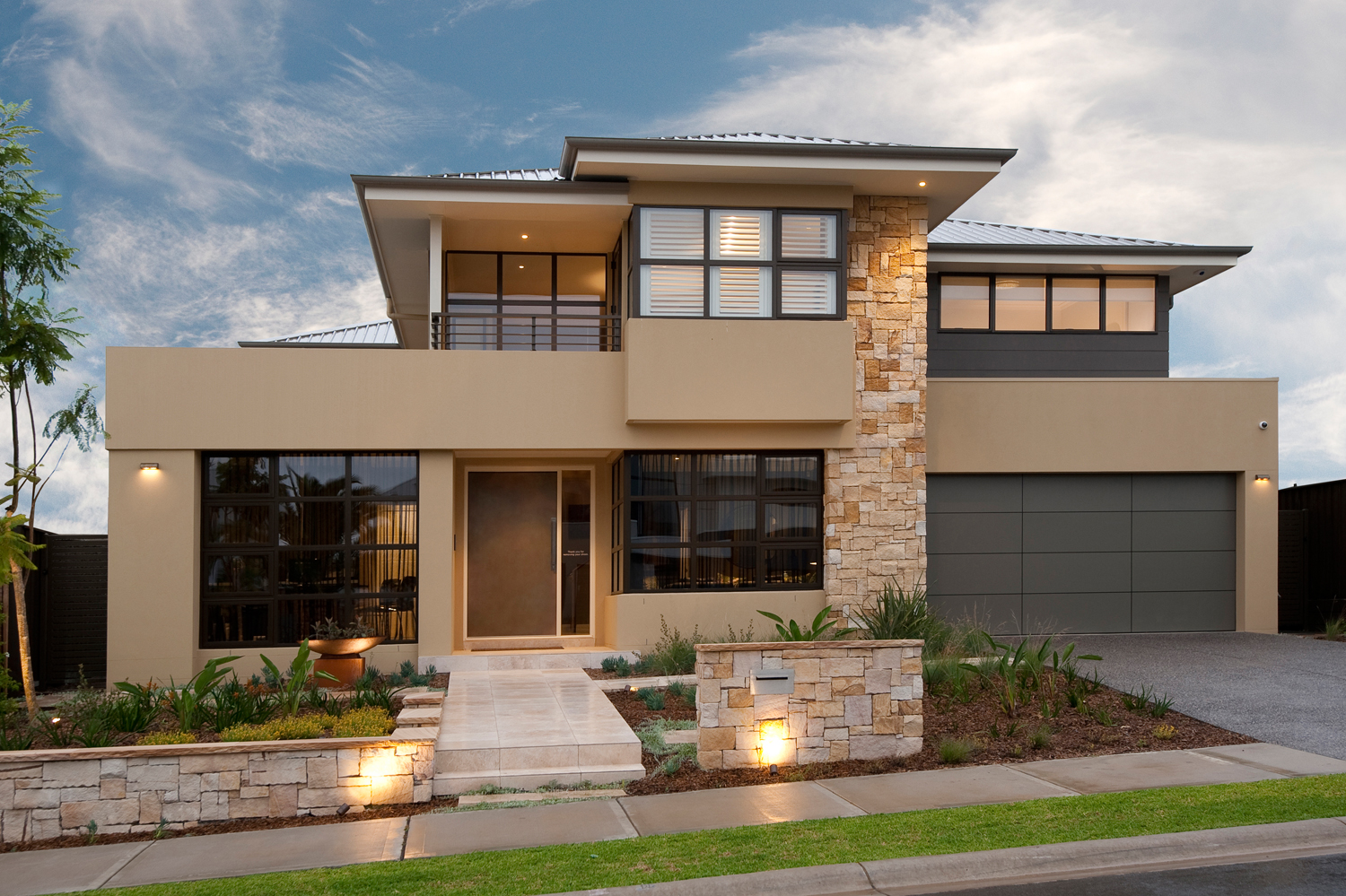Over 40 years ago, Clarendon Homes CEO Peter Campbell laid the foundations for what has become one of Australia’s leading home builders … we asked him to look back over that time

Q. How did you get your start and what drew you to the home building industry?
A. I started my career as an engineering draftsman but part of the requirement was that I did an architectural drafting course. I did this in my early 20s and it gave me the ability to draw house plans. As a sideline, I started to draw house plans for home builders wanting to get council approval. When I was 27, I was made redundant from the engineering firm I worked for so I started to advertise for more architectural drafting work and created a business out of that, but it was really just a subsistence business as I worked during the day as a salesman. One day I decided to take my aptitude for drawing houses further, so I bought a block of land, drew up a house, built it and sold it.
Q. Who ended up living in that first home?
A. An agent sold it to a young family. While I didn’t really make any money out of it, I did gain a lot of experience and thought, ‘Well, if I maybe make another house and make it just a little bigger’. So I bought another block of land at Emu Plains (in Sydney’s outer west). New subdivisions were being developed there, so I bought some land and built a bigger house. This time, I put a double garage on it, and included a few other things such as an ensuite and a family room. The house sold and I made what I thought was pretty good money!
Q. And did that lead to Clarendon Homes?
A. Yes. That was probably about 1976 or 1977, and then in 1978, I took on a couple of renovation jobs and was building a house for someone. I’d been asked to give a quote and I remember thinking, ‘Gee, I can make a business out of this’. In 1978, I quit my job as a window salesman. I took on more additions, alterations and a couple of new houses, including building a few more
for myself. It seemed to work pretty well, so, in the same year, Clarendon Homes was born and we just grew and grew. I hired a supervisor, then a second supervisor, and then I had an assistant in the small office we had, and then I hired a draftsman. By the early 1980s, the company was doubling in size each year.
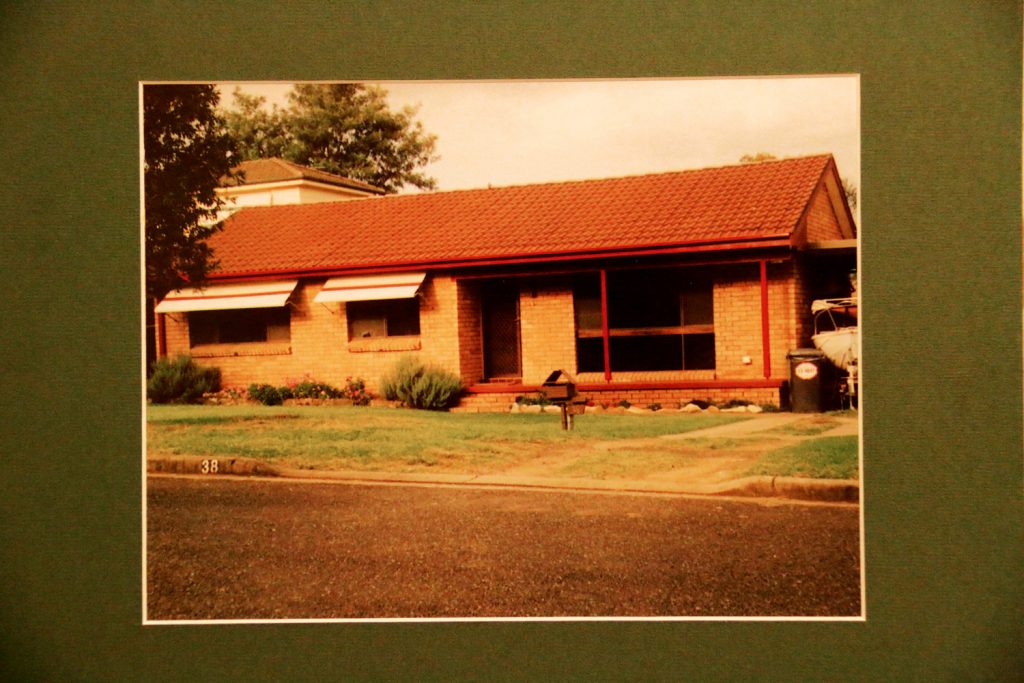
Q. What was the market like in the 1980s?
A. One of the things that was a blessing (and I didn’t realise this until later) was being based in Penrith (also in Sydney’s outer west), which was growing exponentially at that time. During the 1980s there was plenty of work and even though Australia had two recessions, I didn’t realise it because there was so much work going on in Penrith and surrounding areas. So that was a fortunate thing — setting up a business purely by accident and establishing it in Penrith. In the early 1980s I stopped doing renovations and alterations, and concentrated purely on building new houses.
Q. In 2004 you took a completely new direction. What sparked that change?
A. By 2004 I had five business partners, so there were six of us, and we had six business units in three states. We were building about 1800 or so houses a year when we were approached about selling the business. That provided a welcome exit strategy for a couple of my partners so we accepted the offer and by October 2005 settled the sale.
Q. After Clarendon was sold, Did you start something else up?
A. One of the conditions of the sale was that I wasn’t to be involved in home building for at least three years, so for an extended period I had nothing to do with that part of the industry. Instead, I got involved in the commercial/industrial side and did a couple of projects, although not very successfully. Then the people we had sold the business to sold us back a site for 300 home units at Rushcutters Bay (in Sydney’s eastern suburbs) they didn’t want to develop, so we started building home units, which worked well.
Q. After such a long break, How did you come to buy the company back in 2012?
A. I had a chance meeting with the then manager of Clarendon Homes and learned they were planning to sell. I had the opportunity to take a look at the business at that time with a couple of team members and we said, ‘Well, let’s have a go’, so in December 2012 we got the business back.
Q. The timing was fortuitous, wasn’t it?
A. We got the business back in late 2012 and in 2013 we were still just working it all out as we’d been out of the business for seven years, but the market really started to take off again following an extended slump. There was pent-up demand and a lot of people coming into the country — we were lucky and it’s been pretty good ever since. I realised that I enjoyed what I did in residential — and still do — so when we took the business back, it was like putting the band back together and the business grew quite rapidly. Things lined up, the market improved and we secured the Parklea Super Centre (in North West Sydney). That has been so good to us. It was the real icing on the cake. We knew it was good, but we didn’t realise how important it was to our business until we started to revamp it … now it really is a special place.
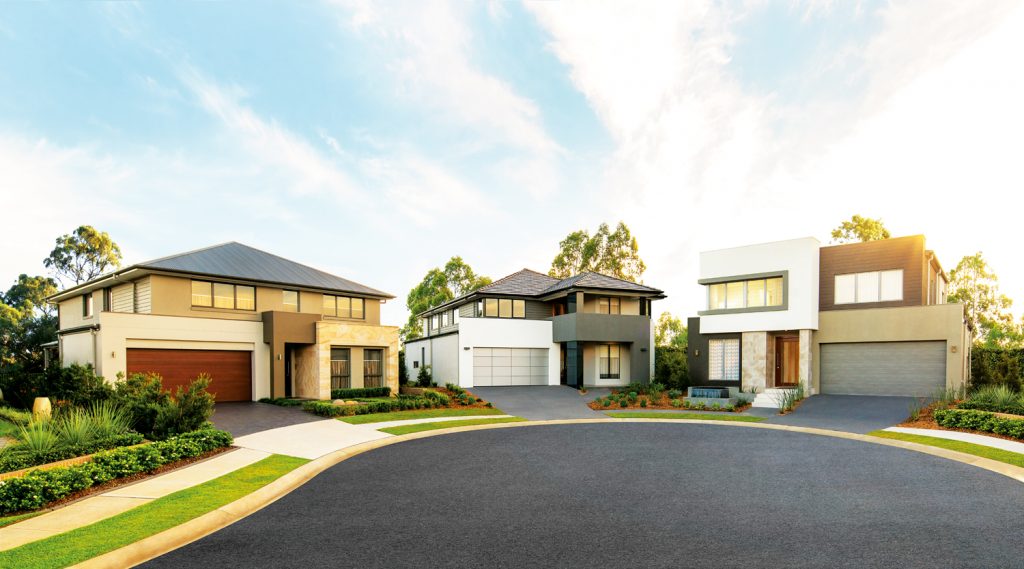
Q. What are some of the key changes in home building you have seen in recent years?
A. The major change is that every year, houses seem to be bigger and have more inclusions. Even first home buyers now will not buy a three bedroom home; it has to be four bedrooms, have an ensuite, a walk-in wardrobe and a double garage. There is constant evolution and building methods are always changing — and I have to say for the better. For instance, increased energy efficiency and the introduction of hybrid framing (which we led).
Q. Can you name some other initiatives that Clarendon Homes pioneered?
A. We developed the Lifestyle Studio concept, which was very quickly taken up by builders in Victoria and then by builders in Sydney and elsewhere. We also developed a computerised selection process for light fittings and power points, we were one of the first to use waffle pod slabs, and we were a very early adopter of prefabricated house frames.
Q. What do you think is the main challenge facing today’s new home buyers?
A. Affordability is the major impediment, particularly in capital cities like Sydney, Brisbane and Melbourne, where land prices have increased far out of proportion to the cost of living. The cost of the actual building of the house has probably only moved with the CPI (Consumer Price Index), whereas the real increases have come with the cost of land.
Q. What is Clarendon Homes’ current focus?
A. We’re working on creating a big impact on a small block. As land prices have risen, the size of blocks has shrunk to make them more affordable so we’re focused on creating home designs that are cost-efficient, economical and practical for smaller lots. A 300sqm block would have been a rarity four or five years ago, now it’s the norm. Today, a 450sqm block is considered a big block. Coming up with designs for restricted sites that are innovative, maximise space and meet clients’ lifestyle expectations, all at an affordable price, will be our ongoing challenge.
Q. When you look ahead to the next few yeaRs, what trends dO you see emerging?
A. I see the future as fine-tuning some of the trends we’re seeing now. In some ways, it’s not dissimilar to the auto industry where new models come out and the majority of the time they’re variations of what went before. I see a steady evolution of what’s already here, such as better utilisation of space, more energy-efficient products and increased sustainability. And while there has been a big move to cities and apartment living, I predict that the majority of home buyers will still want their block of land and a freestanding home.
For more information








